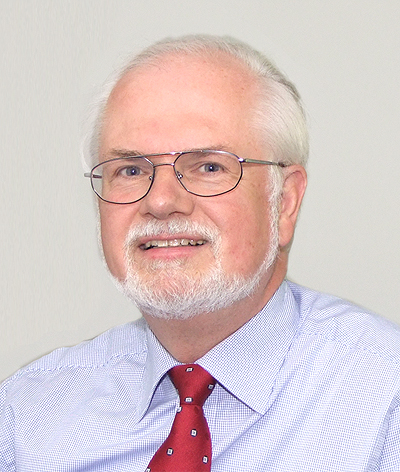Eberhard Meissner
Agenda for
5-9 September
2022

Bio
Eberhard Meissner has been conducting research on batteries since 1985. With VARTA Batterie AG and later with Johnson Controls Power Solutions, he managed for 27 years various development teams in the fields of lead–acid batteries and lithium-ion batteries. Although retiring in 2019, he continues to work on batteries, especially in analysing the micro-scale mechanisms behind the macro-scale effects witnessed in battery behaviour. In 2014, Eberhard was awarded the 2014 Gaston Planté Medal for his contribution to the development of lead–acid battery science and technology.
When battery degradation or failure related to negative electrodes is analyzed, researchers report often about “sulphation” phenomena at the negative active mass (NAM) surface: notably a high concentration of lead sulphate and an accumulation of “large” PbSO4 crystals. Authors explain these findings by “preferred NAM discharge in a thin layer” close to electrode surface, combined with lack of recharge but without providing experimental evidence for their hypotheses or considering other mechanisms. Within the theory of porous electrodes, thickness of the electrode outer portion taking part in a certain reaction is characterized by the “depth of current penetration”. This approach is well established with batteries and fuel cells, to optimize electrode thickness for a specific electrochemical reaction (including material properties) at targeted operation conditions (discharge rate, temperature, and other parameters). Only marginal further benefits arise from thicker electrode design. The penetration depth for lead-acid battery charge/discharge reactions is about 1 mm, considering the properties of electrolyte and typical negative electrodes according to the literature, which is questioning the explanations mentioned above for observed “surface sulphation”. However, for Oxygen Reduction Reactions at the NAM, the calculated penetration depth is in the order of 0.1 mm with both flooded and AGM systems, as the concentration of oxygen dissolved in electrolyte (the critical species) cannot exceed 0.65.10-3 Mol O2/l (the concentration for species involved in the main reactions is of the order of 5 mol/l). Oxygen reduction at the NAM physical surface, taking place at relatively low specific rates (mA/Ah) also during electrical rest and discharge periods, is expected to enhance Ostwald ripening of PbSO4 crystals in the surface region. Large PbSO4 crystals formed this way are known to be difficult to be recharged again. This mechanism appears to explain “surface sulfation” reported from NAM electrodes more plausibly than assuming locally preferred NAM discharge at the electrode surface.


